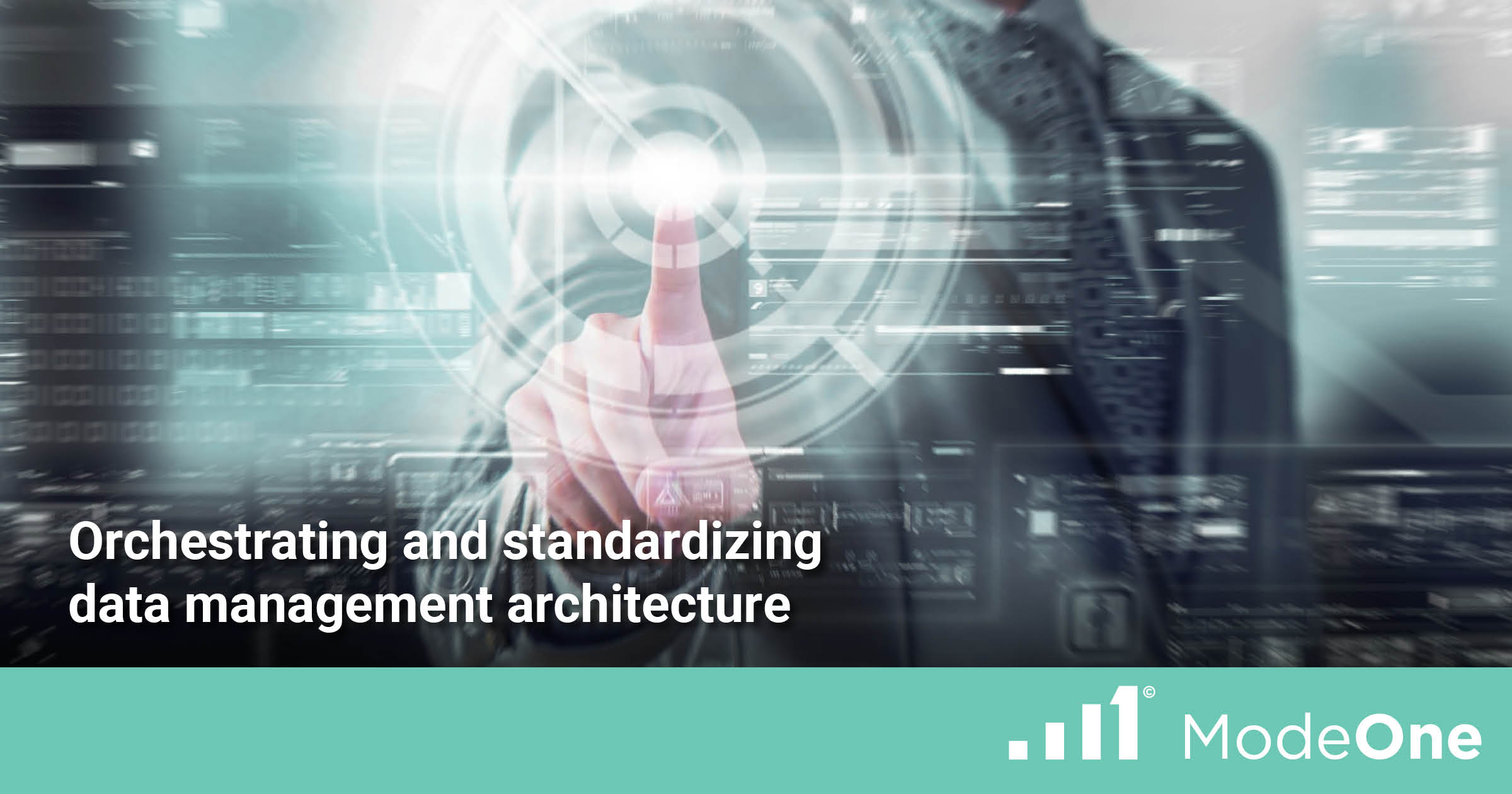In the world of eDiscovery, managing data can be a daunting task. As the amount of data included in discovery data sets continues to expand, it is essential to have a sound data management architecture. Let’s look at the steps in orchestrating and standardizing an eDiscovery data management architecture.
Managing eDiscovery data presents unique challenges, including the variety and complexity of data sources, the size of data sets (exacerbated by over-collection), and the need for secure data handling. Unfortunately, many organizations have not effectively solved this problem. According to a study by Gartner, “the growth of digital data continues to outpace the ability of most organizations to effectively manage it.” And improperly managed eDiscovery data can lead to increased costs, data loss, and breaches.
Data management architecture refers to the blueprint for data and how it is stored and flows through systems. It is foundational to data processing operations, security, and AI applications. A study by McKinsey found that “improvements in data management can lead to a 15-20% reduction in operating costs.” A sound data management architecture can also mitigate risks by enhancing data security and ensuring compliance with data privacy regulations such as CCPA and GDPR.
Designing an eDiscovery data management architecture involves several steps. The first step is to define data sources and map data flows. Data engineers identify the data sources (including the applications) used for matters and determine how data will flow through the data management system. The next step is to design data storage and processing systems. Here, the experts define the interactions between data and software tools, such as data processing, analytics, and the user interface. The third step is establishing data governance policies defining how data will be managed, stored, and processed. Finally, implementing data security measures is critical to ensure that data is protected from unauthorized access, loss, or theft.
Standardizing eDiscovery data management architecture can provide several benefits. First, it can streamline processes and reduce costs by ensuring that all teams and departments use the same data management system. Second, it can ensure consistent quality of data management by adhering to industry standards and best practices. Finally, standardizing eDiscovery data management architecture can facilitate collaboration between case teams and the service provider.
ModeOne has chosen to employ the expertise of the AWS microservices Platform-as-a-Service (PaaS) as its infrastructure. With AWS’ scalable microservices infrastructure, ModeOne can segment each process onto different modules. Segmentation provides granular scalability. So, when we are in the processing phase for a large volume of data, we only need to scale up that module rather than scaling server capabilities for the entire ModeOne platform. This modularized architecture provides extensive savings by ensuring clients only pay for what they need when they need it.
Managing eDiscovery data requires a well-designed data management architecture to reduce costs, improve efficiency, and mitigate risks. Contact us to learn more about ModeOne’s unique data management architecture.
